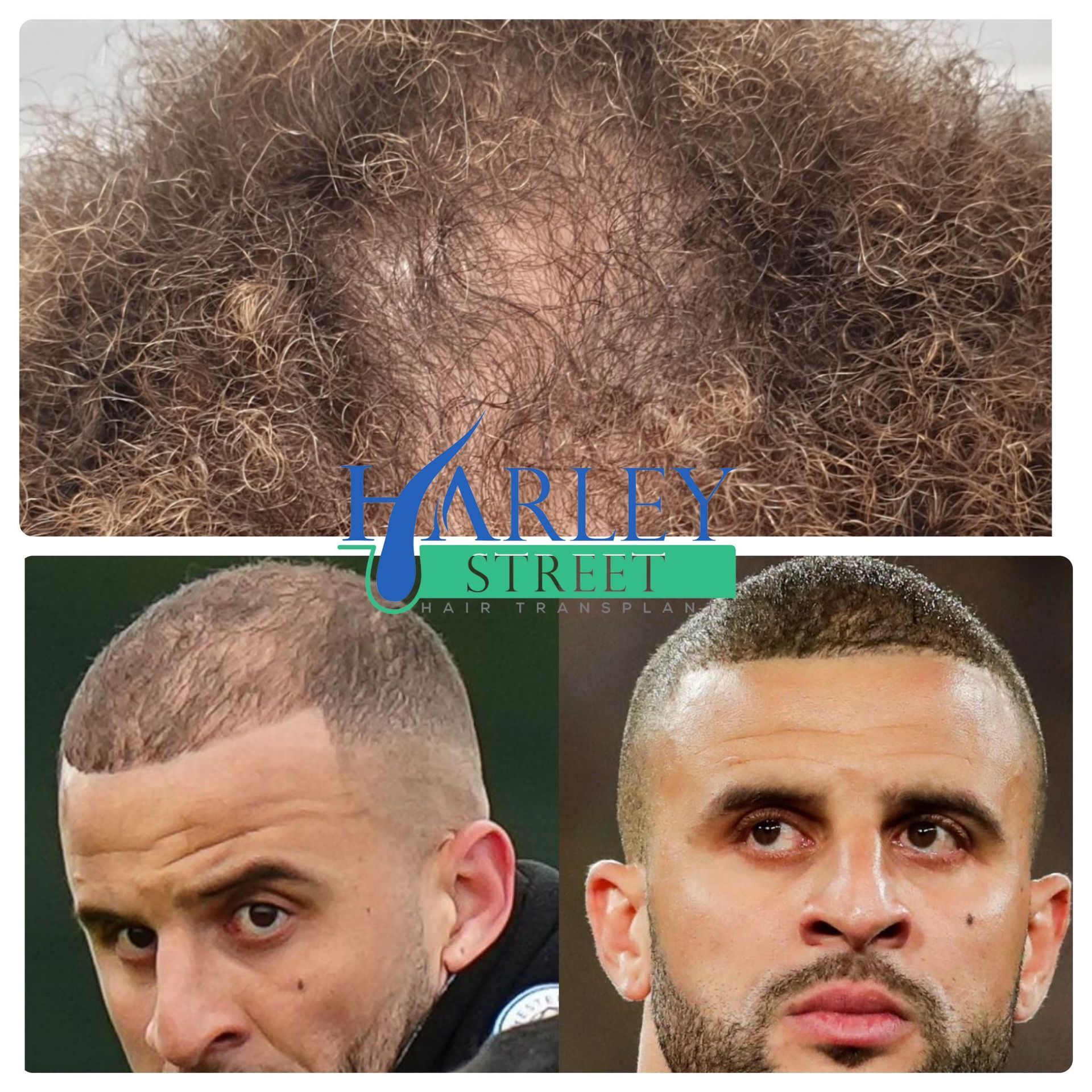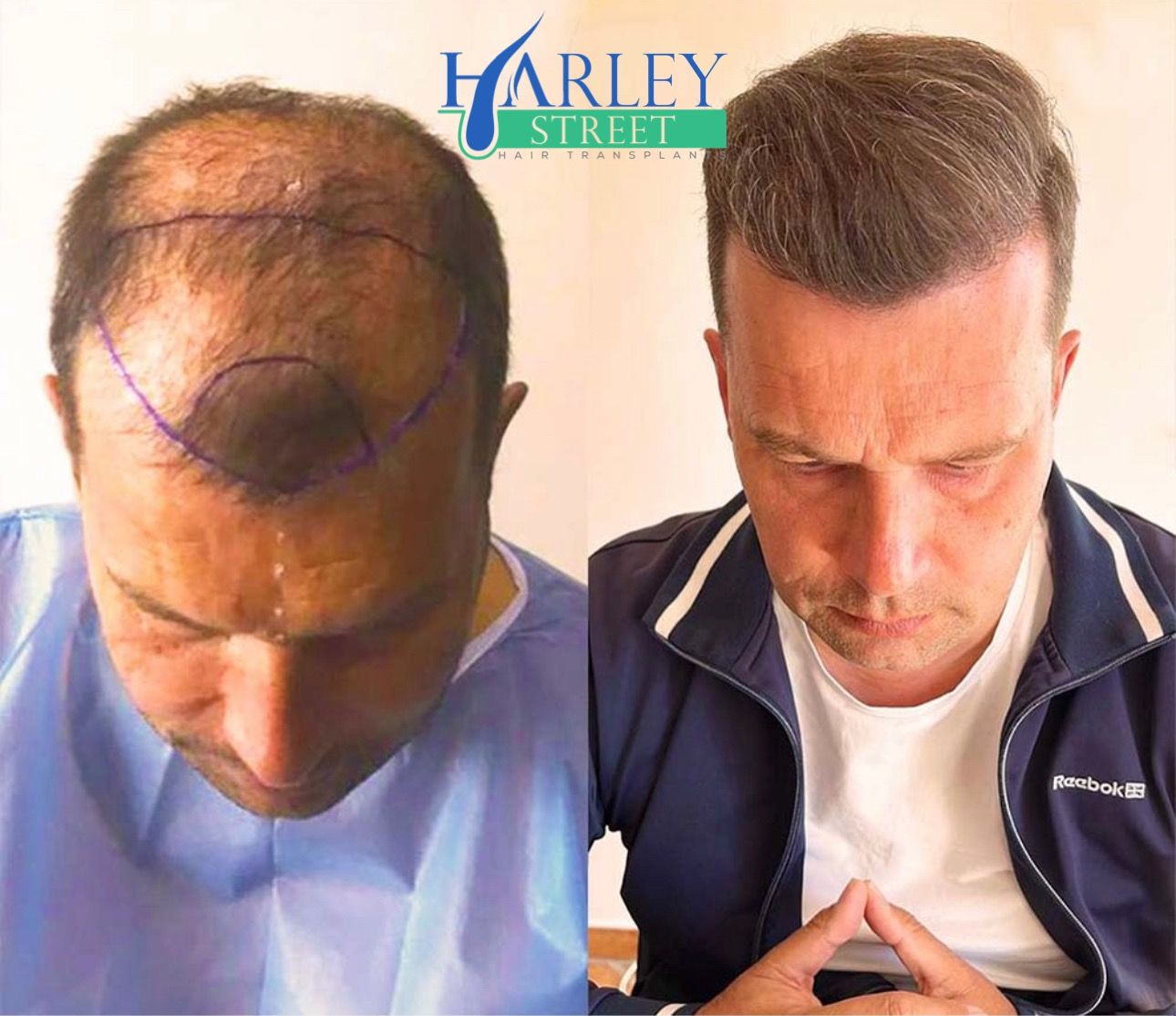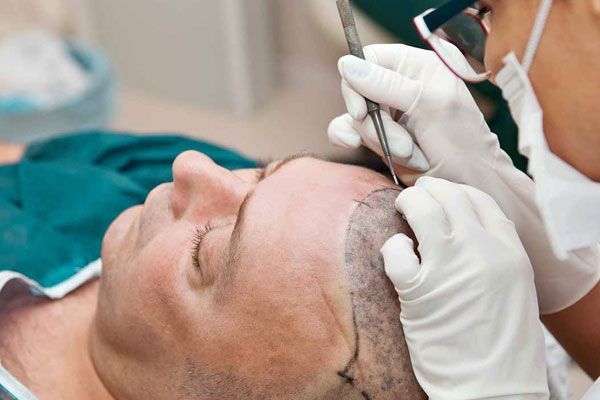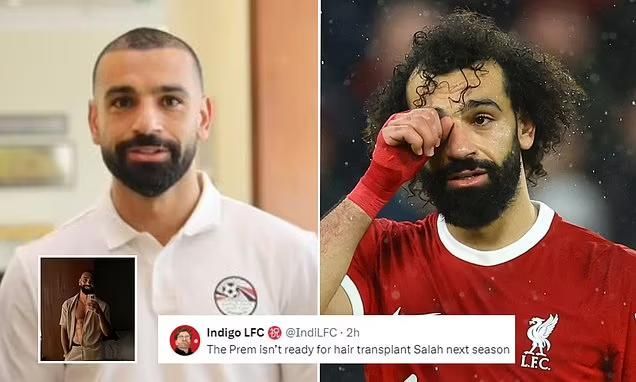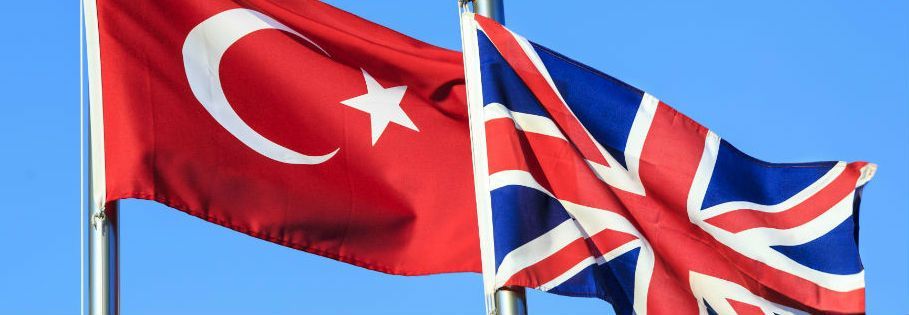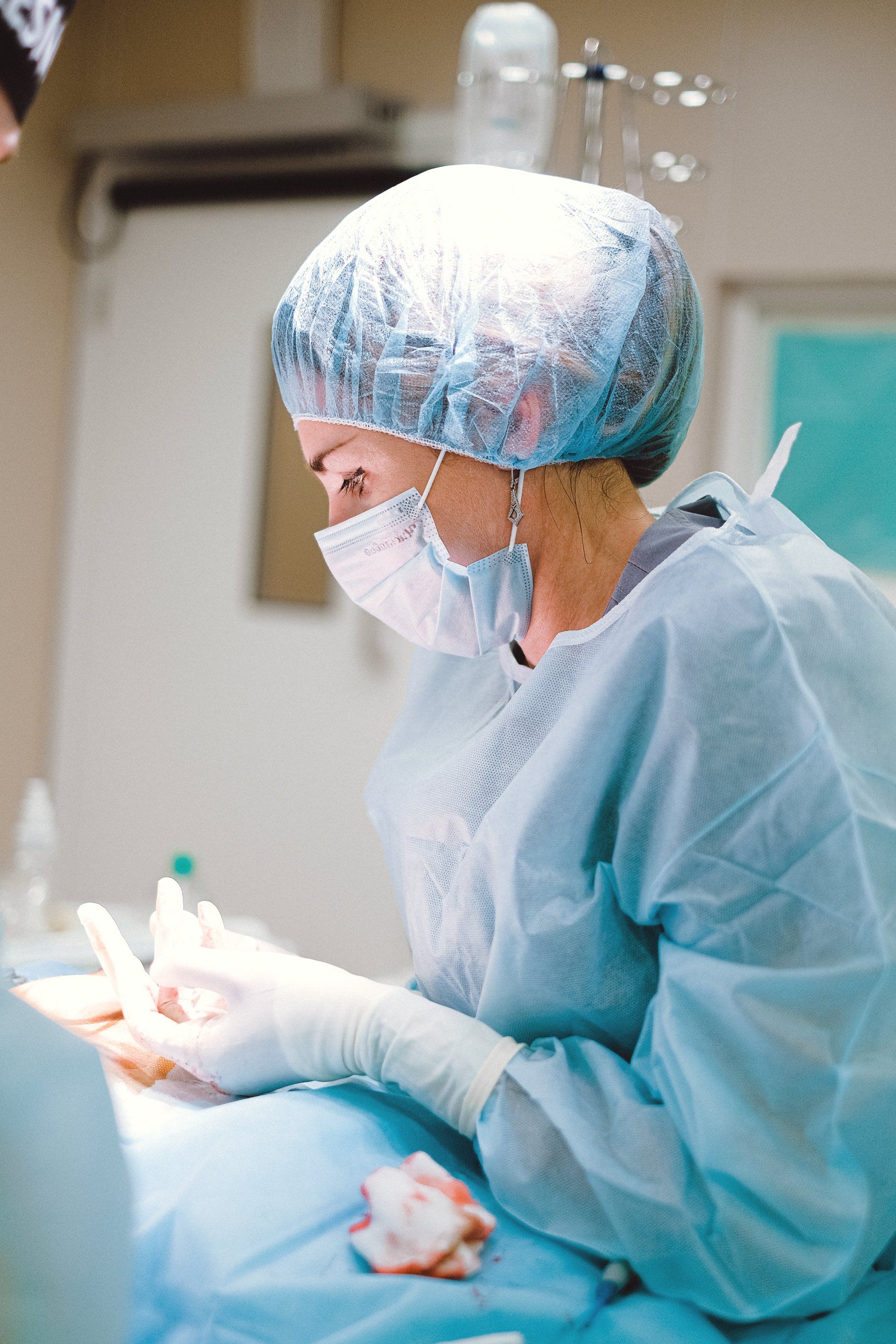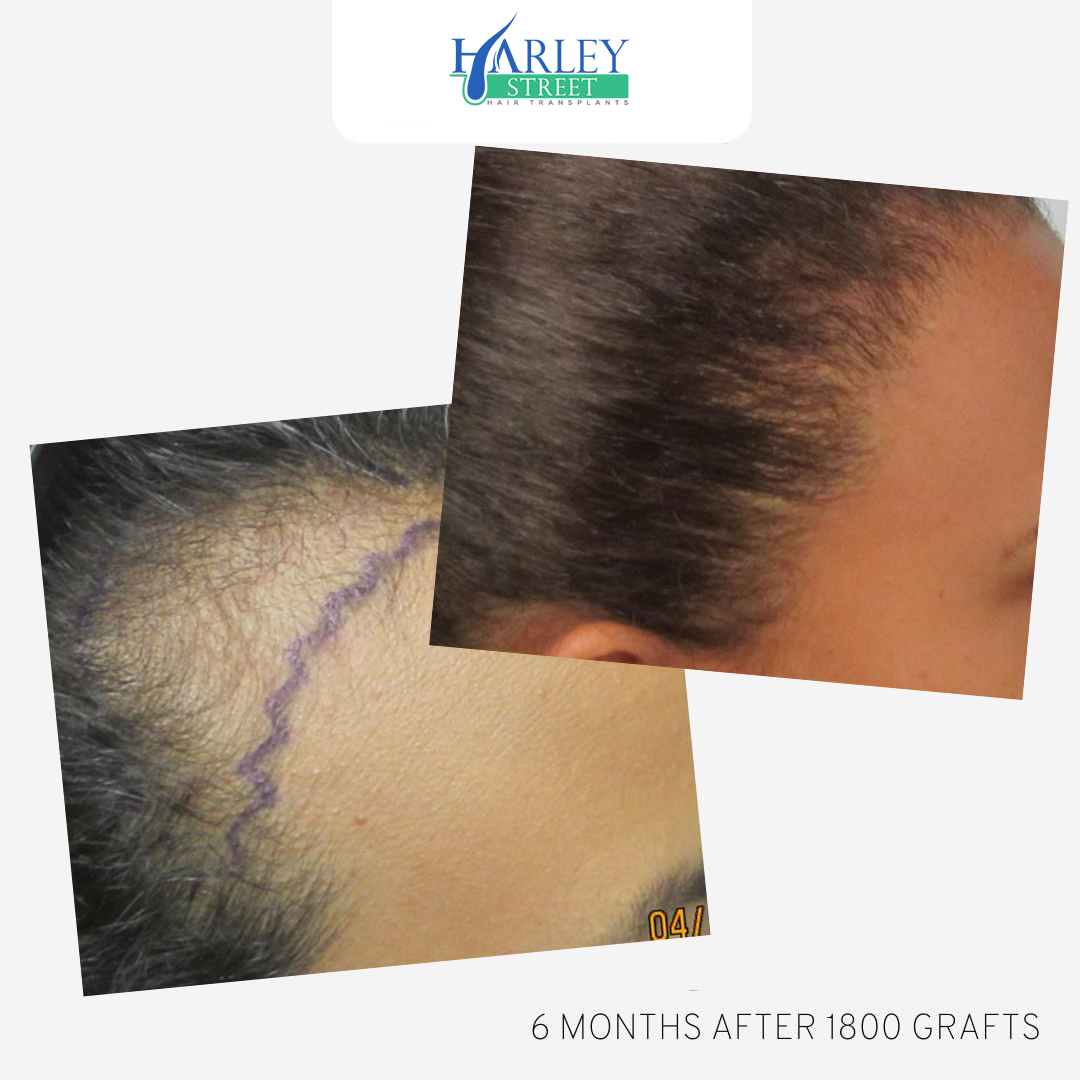Blog Details
HOME > BLOG DETAILS

Men’s hair loss can be inherited or carried on by the environment.
Androgenetic alopecia, additional name for male outline baldness, is hereditary. Over 50% of males over 50 are affected, according to Medline Plus. Though, men might also lose coat due to stress or other autoimmune infections like alopecia areata.
Even while hair loss cannot always be stopped, some dealings and therapies may be able to slow the procedure down.
Find out which vitamins and specialty tonics have shown some promise in avoiding or treating hair loss before you go out and buy them.
Here are a few hair loss remedies you might discuss with a physician.
What causes male hair loss?
It’s usual to lose 50 to 100 hairs daily. Because new hair develops to replace lost hair, this loss is typically not visible—hair loss and baldness result when new hairs stop growing or fall out too quickly.
You can see gradual hair thinning or an abrupt bald patch, depending on the reason for the hair loss. Hair loss can affect your entire body or simply the hair on your scalp.
Causes Of Male Pattern Baldness
Men may experience hair loss due to: Genetics and family history: You are more prone to have hair loss if your family members do. A hereditary illness known as androgenic alopecia reasons men to lose their hair over time. This could manifest as thinning parts on the crown of the head or a hairline that is gradually disappearing.
Drug-related conditions: Hair loss can be brought on by positive medical disorders, such as autoimmune illnesses or hormonal issues. For instance, thyroid issues, scalp bacterial infections, or the hair-pulling disorder trichotillomania might cause bald spots or retreating hair. When the immune system terminates hair follicles, a condition known as alopecia areata (bald patches) occurs.
Drugs and medical procedures: Several drugs used to treat disorders like cancer, depression, gout, heart ailment, and arthritis may reason hair loss as a side effect.
Stress: Events or long-term stress may cause temporary hair thinning.
Options for medication
- Prescription and nonprescription (OTC) drugs
Two drugs for the treatment of male pattern baldness have received FDA approval:
Minoxidil (Rogaine) (Rogaine). Rogaine is offered over the counter as a liquid or foam. Apply it twice daily to the scalp to promote growth and stop hair loss. Results from minoxidil can be seen after 4 to 6 months. Application and dose are other factors that affect results.
Finasteride (Propecia, Proscar) (Propecia, Proscar). You should take a medication called finasteride every day. Only a doctor’s prescription is required to obtain it. According to the FDA, it typically takes at least three months of regular administration for the medicine to start working.
Results from minoxidil and finasteride might take up to a year to appear. And to sustain the advantages, you must continue taking them.
Second-generation hair transplants
Follicular unit uprooting and follicular unit extraction are the two most common hair transplant techniques.
Remember that both hair transplant treatments are surgical, which may be costly and sometimes uncomfortable.
Additionally, there are dangers, including infections and scars. You might need to undergo numerous hair transplant procedures for the best results.
The more “traditional” technique is follicular unit transplantation (FUT). It involves scraping out a little amount of skin, usually from the back of your head, where there is a thick growth of hair. After that, a surgeon takes the follicles out of that skin strip. The hair follicles are then reinserted into the area of your scalp where you are losing hair.
Hair follicle extraction (FUE)
FUE involves a surgeon taking hair follicles straight from the scalp and transplanting them to the scalp’s bare spots. A modified form of this method called direct hair implantation (DHI) uses a specialized instrument to carry out the surgery
Laser Therapy
Laser therapy
For some kinds of hair loss, such as alopecia areata, laser therapy is considered to lessen the inflammation in the follicles, preventing them from regrowing new hair. Other kinds of hair loss include 2014 in review. According to a reliable source, low-level laser therapy (LLLT) may promote hair growth through different processes.
A small number of research support the effectiveness of laser hair restoration therapies. However, a 2016 review According to Trusted Source, LLLT can effectively and safely cure male pattern hair loss.
- Give up smoking
You’ve probably heard about all the harmful consequences smoking has on your lungs if you’re a smoker. However, did you know that smoking may cause hair loss?
Trusted Source research of 1,000 males in 2020 showed that most smokers had some hair loss. Compared to the persons who did not smoke, which were fewer than half. Quitting smoking may lessen hair loss if you smoke.
- Massage your scalp
Massages not only feel great, but they also could prevent hair loss. A scalp massage stimulates the hair follicles.
Healthy Japanese males who had daily scalp massages for four minutes for 24 weeks had thicker hair after the trial, according to a short study from 2016Trusted Source.
- Lessen tension
Your hair, as well as the rest of your body, can suffer greatly from stress. A hectic lifestyle may cause hair loss.
Among the methods for lowering stress are regular exercise; listening to music, doing yoga; meditating; getting adequate sleep, and alternative treatments.
- Oils
According to some data from a 2014 mouse study trusted Source, peppermint oil may promote hair growth. To improve blood flow to the scalp, rosemary oil has been utilized for centuries.
According to a 2013 study by a trusted Source, rosemary leaf extract helped mice’s hair regeneration.
Olive oil, castor oil, and coconut oil are also frequently advised. However, a 2020 assessment by Trusted Source claims that there hasn’t been much study on their advantages for hair growth.
- Saw palmetto
A shrub called saw palmetto produces tiny fruit.
Saw palmetto may aid in hair growth while having few negative effects, according to a 2020 evaluation by Trusted Source, even though research on its efficacy to cure hair loss is limited.
- Biotin
A natural source of biotin is found in foods such as almonds, sweet potatoes, eggs, onions, and oats.
There is some evidence that biotin supplementation can reduce hair loss, although most studies have been conducted on women who are biotin deficient. There isn’t enough proof, though, to suggest that taking biotin supplements has any discernible impact on healthy people.
- Onion juice
According to a tiny 2014 studyReliable Source, persons with patchy alopecia areata who used onion juice as a topical therapy saw much higher hair growth than those who used tap water. Men who experience male pattern hair loss require further study.
- Green tea is another alleged natural treatment for hair loss.
The polyphenol components in green tea have shown promise as a natural treatment for hair loss in mouse studies conducted in 2005. Human trials, however, have not been conducted to validate these outcomes.
- The hibiscus
In India, Chinese hibiscus (Hibiscus rosa-Sinensis) is commonly advertised as a hair-growth supplement. In an earlier 2003 study, Trusted Source, the hair follicles of mice responded favorably to the treatment. Nevertheless, no human research has been conducted.
Conclusion:
You must wish to try one of the many hair loss treatments available at best hair transplant clinic London. These include over-the-counter in addition to prescription drugs, hair implants, and natural therapies.
Consult your physician beforehand. They can assist you in determining the root of your hair loss and the most effective course of action.
